Discussing at the parliament, delegates all agreed that the investment policy for the Lao Cai - Hanoi - Hai Phong railway project is necessary, correct, and in line with the people's wishes. Minister of Transport Tran Hong Minh then explained and clarified the issues raised by delegates.
Boldly place business orders and commit to market share
On the afternoon of February 15, continuing the 9th extraordinary session, the National Assembly discussed in the hall the investment policy for the Lao Cai - Hanoi - Hai Phong railway construction project.
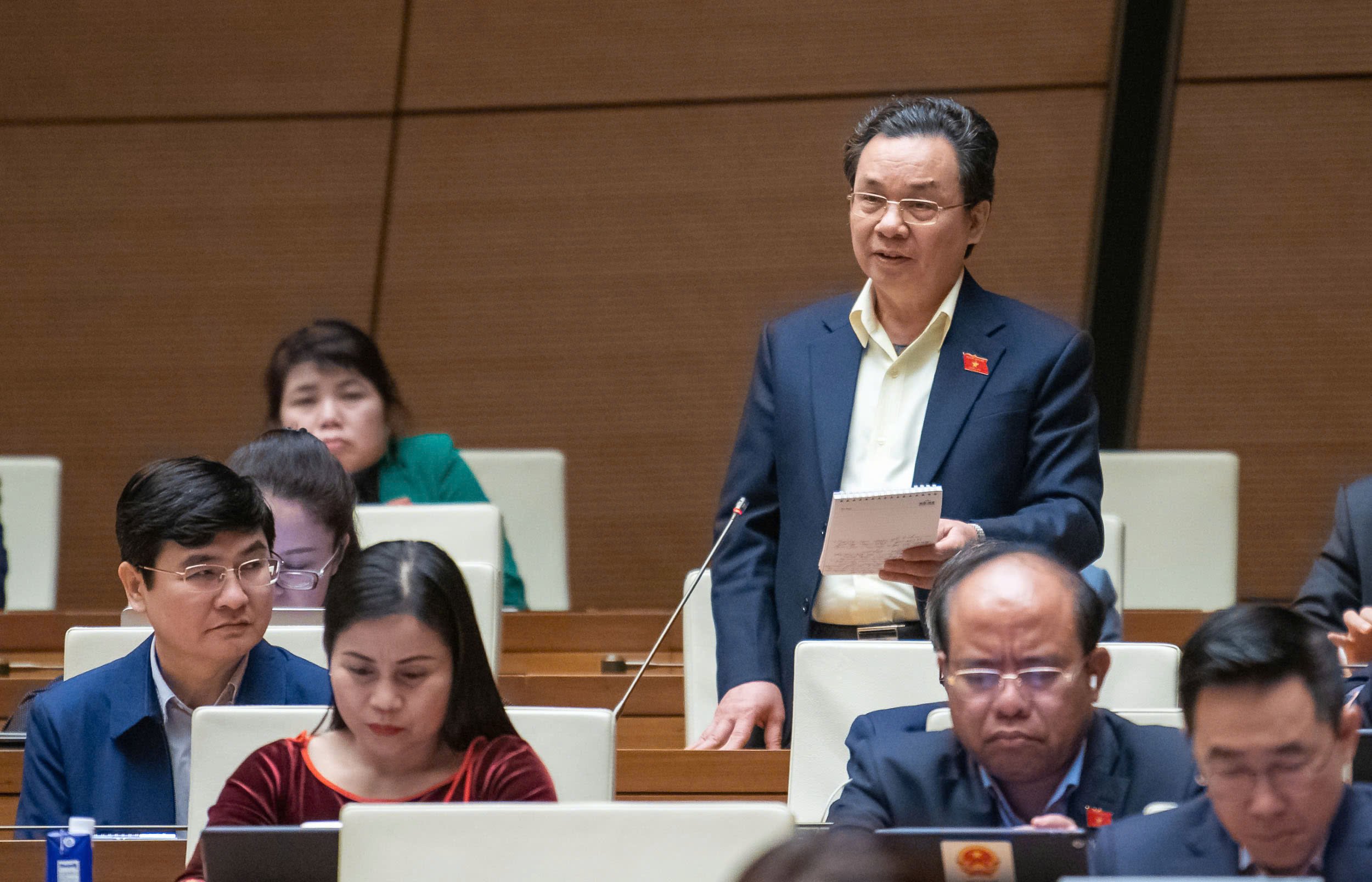
Delegate Hoang Van Cuong (Hanoi) suggested that it is necessary to emphasize more on prioritizing orders and assigning tasks to domestic enterprises.
Pressing the button to speak first, delegate Hoang Van Cuong (Hanoi) assessed that this project has the potential to bring high efficiency because this is a railway connecting the corridor from Lao Cai - Hanoi - Hai Phong .
At the same time, it is the second most important corridor after the North-South economic corridor, with a very large volume of freight. This route combines two modes of transport, both freight and passengers, so it is highly useful.
Furthermore, once completed, the line will connect with China's railways, helping to connect domestic and international goods and passengers.
From the above analysis, he suggested that this project should emphasize more on prioritizing orders and assigning tasks to domestic enterprises to build roads, bridges, tunnels, produce rails, and build train cars. According to the delegate, in the meeting with the Prime Minister, all enterprises affirmed that they could do it if the Government placed orders.
"When the Government places orders with businesses, we accept that the initial cost may be higher than buying from abroad. But then the entire investment amount will become domestic economic growth and help GDP growth.
"If we import foreign technology, investment money will flow out and we will never have a railway industry," Mr. Cuong said.
Besides boldly placing orders, Mr. Cuong said that the Government must also commit to market share.
"If this line is completed without ordering another line, businesses cannot make large investments to buy technology. Only with a commitment can businesses feel secure in investing," said Mr. Cuong.
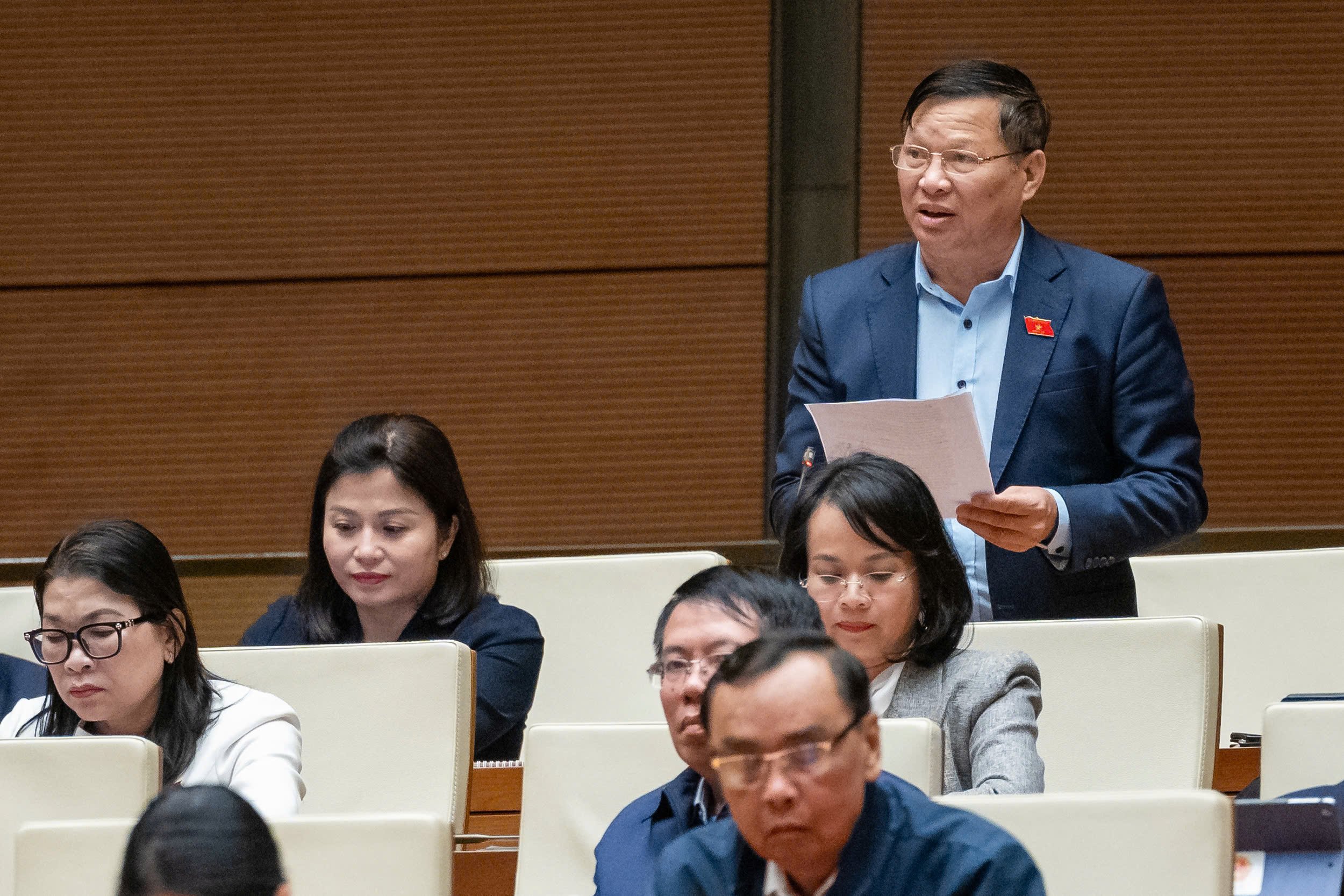
Delegate Tran Van Tien (Vinh Phuc) spoke at the discussion.
Expressing his opinion, delegate Tran Van Tien (Vinh Phuc) agreed with the Government's proposal.
Regarding the project's technology, delegates said that this is an international railway route between Vietnam and China, so it is necessary to clarify whether the choice of rail and electrification technology is suitable for China's railway technology or not.
Delegates suggested that attention should be paid to connecting the station with existing roads and routes in local planning.
At the same time, review the location and function of each station to ensure compliance with the planning of localities where the railway runs through; ensure traffic connectivity as well as promote local economic development.
Propose to add 2 more policies to ensure progress
Participating in the discussion, delegate Sung A Lenh (Lao Cai) said that this is an important decision to develop transport infrastructure, creating a strong driving force to promote socio-economic development of the entire Northern region.
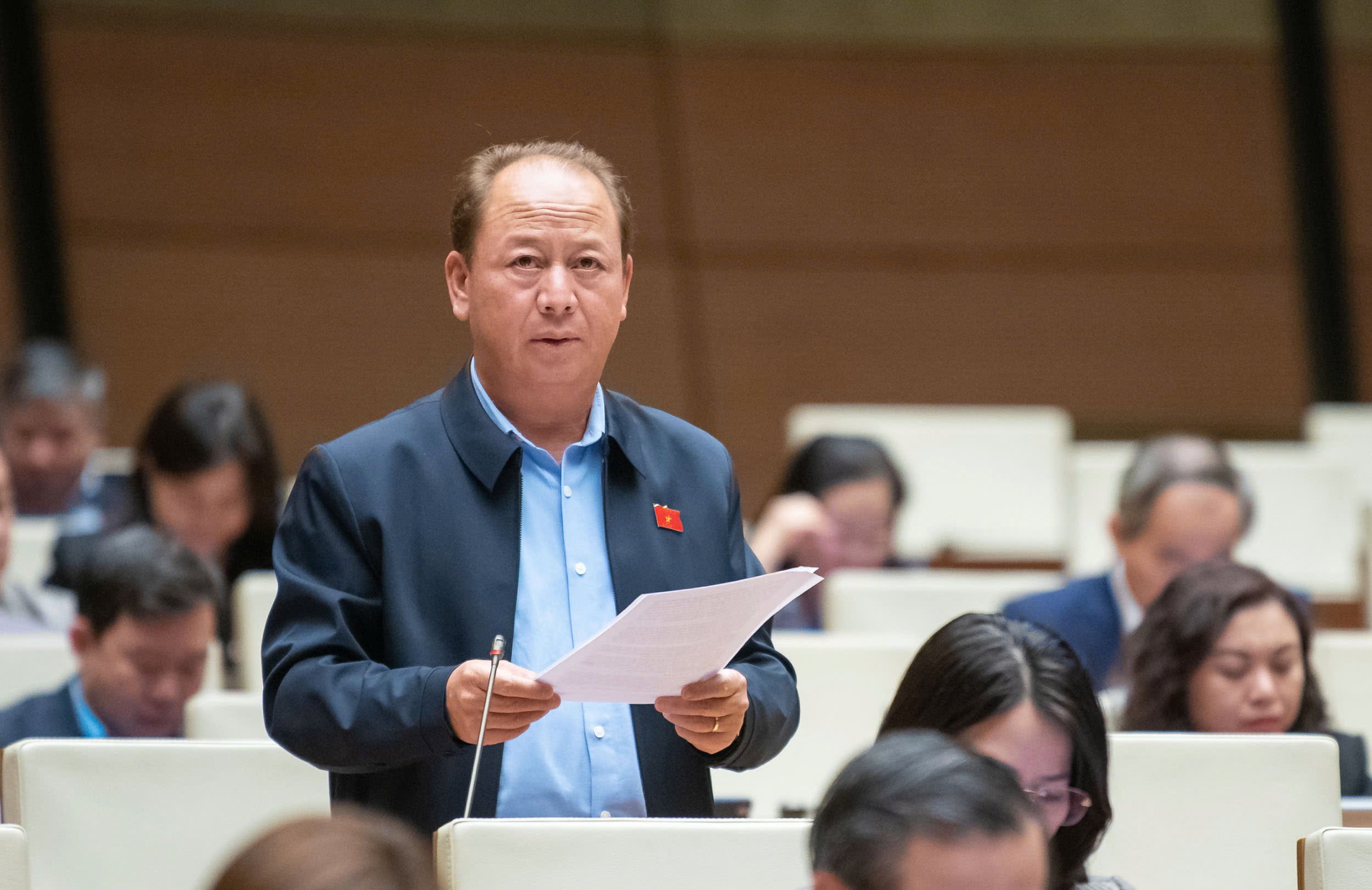
Delegate Sung A Lenh (Lao Cai) spoke.
The delegate affirmed that this is an important traffic route connecting trade and economy between economic regions of Vietnam and the world, opening up great opportunities to develop trade, tourism, services, save logistics costs, reduce road traffic, protect the environment, contribute to green and sustainable development, effectively serving the cause of socio-economic development of the country.
To ensure progress as proposed, delegates suggested that the National Assembly and the Government consider adding two policy mechanisms.
First of all, it is to support people to stabilize their housing and production life, allowing the provincial People's Committee to proactively decide on support measures and support levels for each specific case based on the actual situation in the locality according to current regulations of law.
In addition, the policy allows the provincial People's Committee to immediately carry out planning work related to the project.
Accelerating investment progress contributes to promoting growth
In the explanatory report, Minister of Transport Tran Hong Minh thanked the delegates for their opinions and contributions and said he would fully absorb and revise them.
Regarding the project's route, the Minister said that it has been studied and selected to ensure the shortest and most direct route. The drafting agency has worked with 9 localities to agree on the route plan.
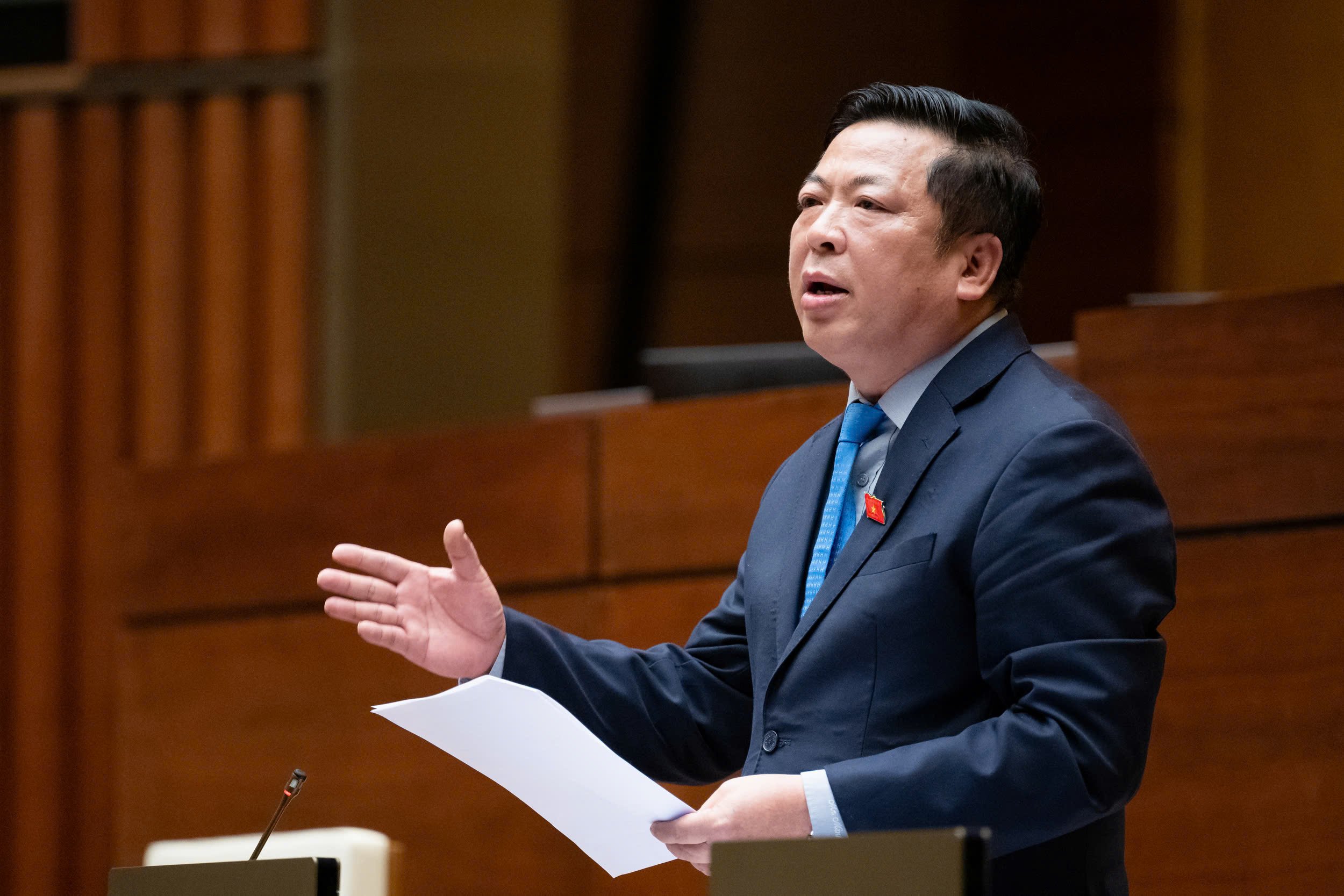
Minister of Transport Tran Hong Minh spoke to explain and clarify issues of concern to delegates.
The constructions on the route must be designed to ensure load-bearing capacity and meet national and international design standards. Different level crossings with roads have been studied and mentioned in the report.
According to the Minister, the entire route uses 29% of the bridge structure, 7% of the tunnel structure and more than 60% of the roadbed structure.
Station facilities are arranged in accordance with planning, meeting transportation needs, suitable to the natural conditions of the area and promoting local economic development when goods trading is needed.
Referring to the issue that most delegates were most concerned about, which was the total investment, Minister Tran Hong Minh said that according to the standard, the unit price in the preliminary design is approximately 8.3 billion USD for the entire route. However, this includes construction costs, equipment, site clearance and other costs.
If land clearance costs and some other costs are deducted, the investment rate is 15.97 million USD/km. Compared to Laos' newest railway line from Vientiane to Boten, which is 418 km long, with a total investment of 5.96 billion USD and a converted investment rate of 16.77 million USD/km.
Thus, it can be seen that our investment rate is slightly lower and relatively reasonable compared to the region and domestic unit prices.
Regarding the ability to balance capital sources, to be proactive and flexible in capital use, the report proposed including domestic capital sources, foreign loans and other legal capital sources.
Regarding ensuring public debt safety, at this time, according to the Ministry of Finance's calculations, if the public debt ceiling is implemented, it could increase by 1.4-1.5% of GDP. However, in the 2026-2031 period, if growth is double digits, this public debt ceiling will decrease.
Regarding the specific policy mechanism, especially for project implementation, the project has a very urgent schedule and large scale. If implemented according to current conditions, it will not meet the required progress.
At the same time, with the Party's policy of double-digit growth in the 2026 - 2030 period, accelerating investment projects will be a driving force to contribute to growth.
Based on the study of approved policies for high-speed railways, the opinions of inspection agencies, the conclusions of the National Assembly Standing Committee, and the opinions of delegates, the drafting agency used 15 policies approved by the National Assembly for the high-speed railway project and added three more mechanisms and policies.
"Regarding the policy on liability exemption, we will accept the opinions of delegates," said Minister Tran Hong Minh.
He further explained that this policy was introduced to institutionalize Conclusion 14 of the Central Committee in 2021 on the policy of encouraging and protecting dynamic and creative cadres for the common good and limiting the exemption of responsibility for those who advise and issue policies, not for all project implementers.
Source: https://www.baogiaothong.vn/tuong-minh-nhieu-van-de-lien-quan-tuyen-duong-sat-83-ty-usd-192250215180848746.htm




![[Photo] General Secretary To Lam visits exhibition of achievements in private economic development](https://vphoto.vietnam.vn/thumb/1200x675/vietnam/resource/IMAGE/2025/5/18/1809dc545f214a86911fe2d2d0fde2e8)
![[Photo] Ready for the top competitions of Vietnamese table tennis](https://vphoto.vietnam.vn/thumb/1200x675/vietnam/resource/IMAGE/2025/5/18/9c547c497c5a4ade8f98c8e7d44f5a41)


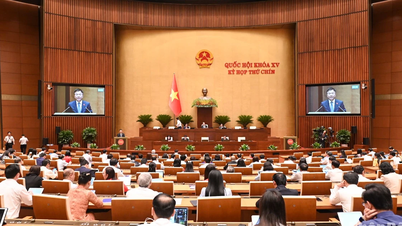



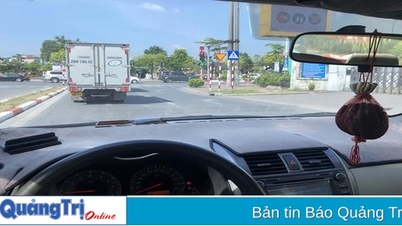
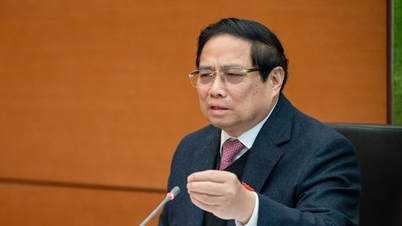

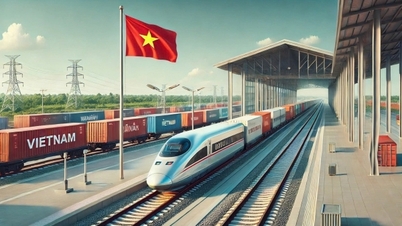


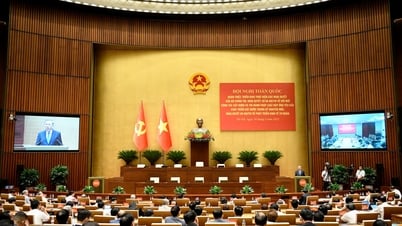



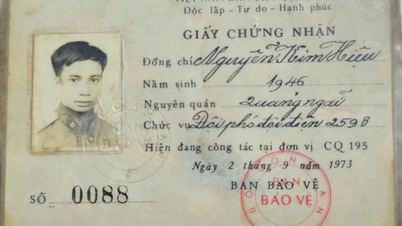



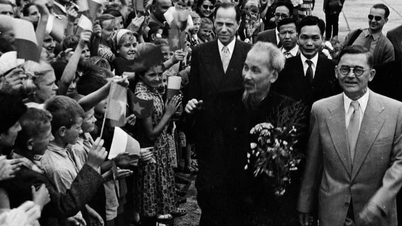

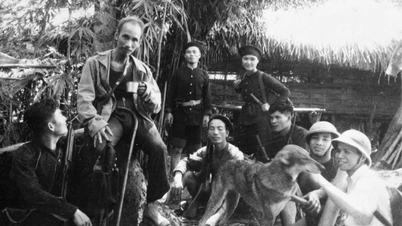




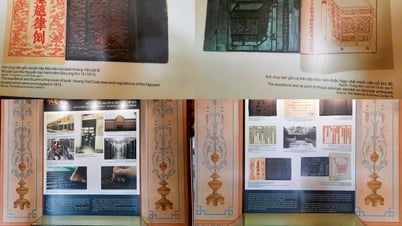
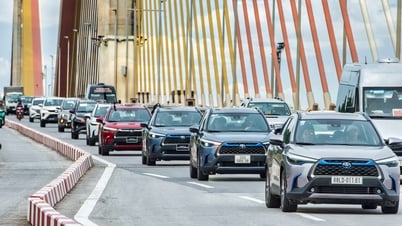




![[Photo] National conference to disseminate and implement Resolution No. 66-NQ/TW and Resolution No. 68-NQ/TW of the Politburo](https://vphoto.vietnam.vn/thumb/1200x675/vietnam/resource/IMAGE/2025/5/18/adf666b9303a4213998b395b05234b6a)





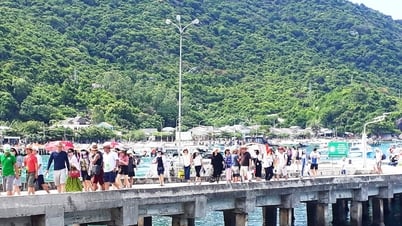


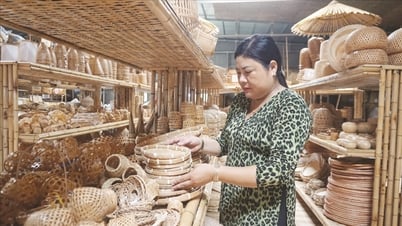





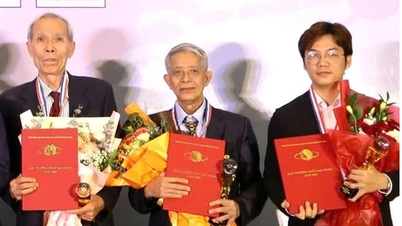





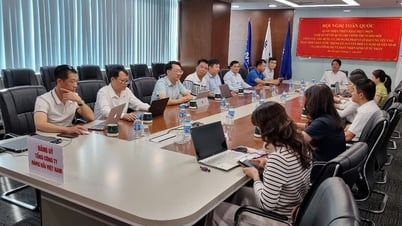



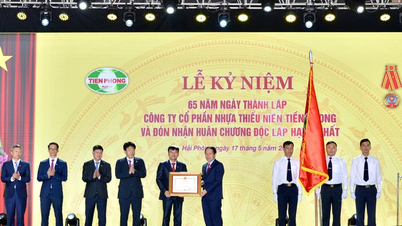


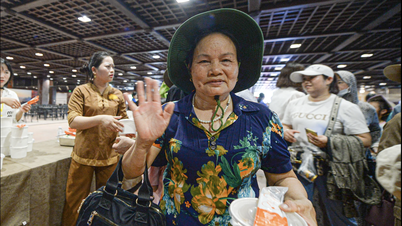

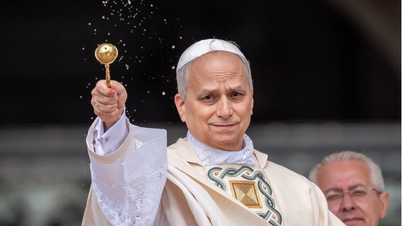




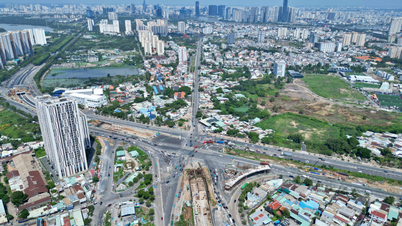
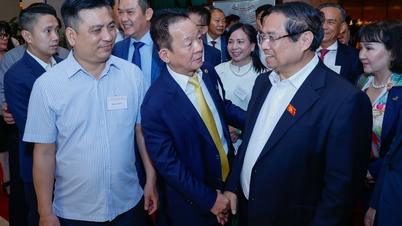
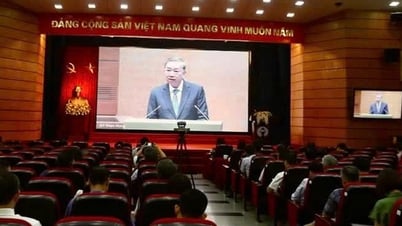

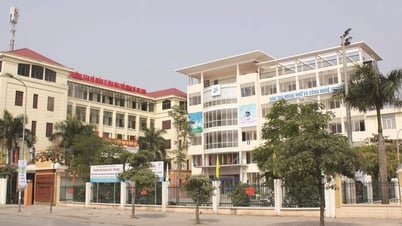


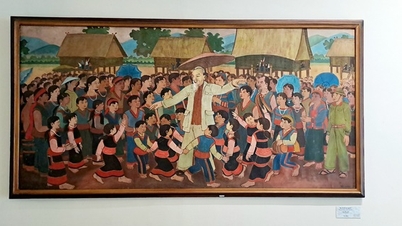
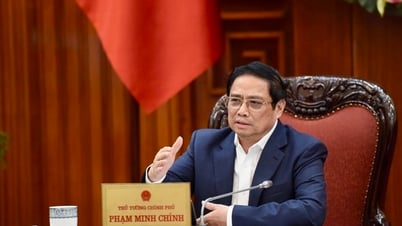
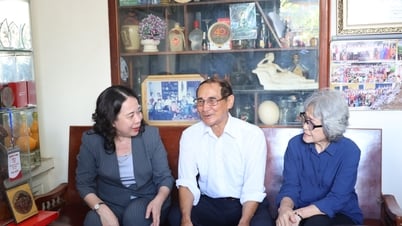

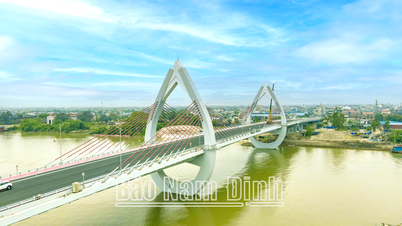

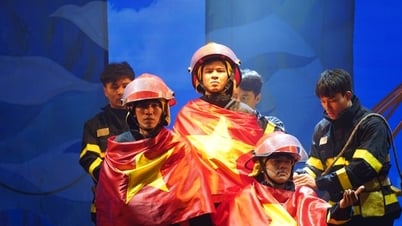






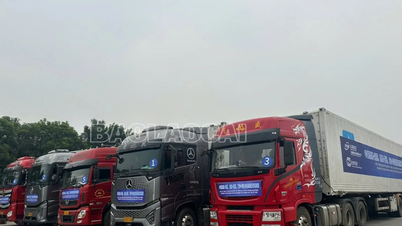










Comment (0)